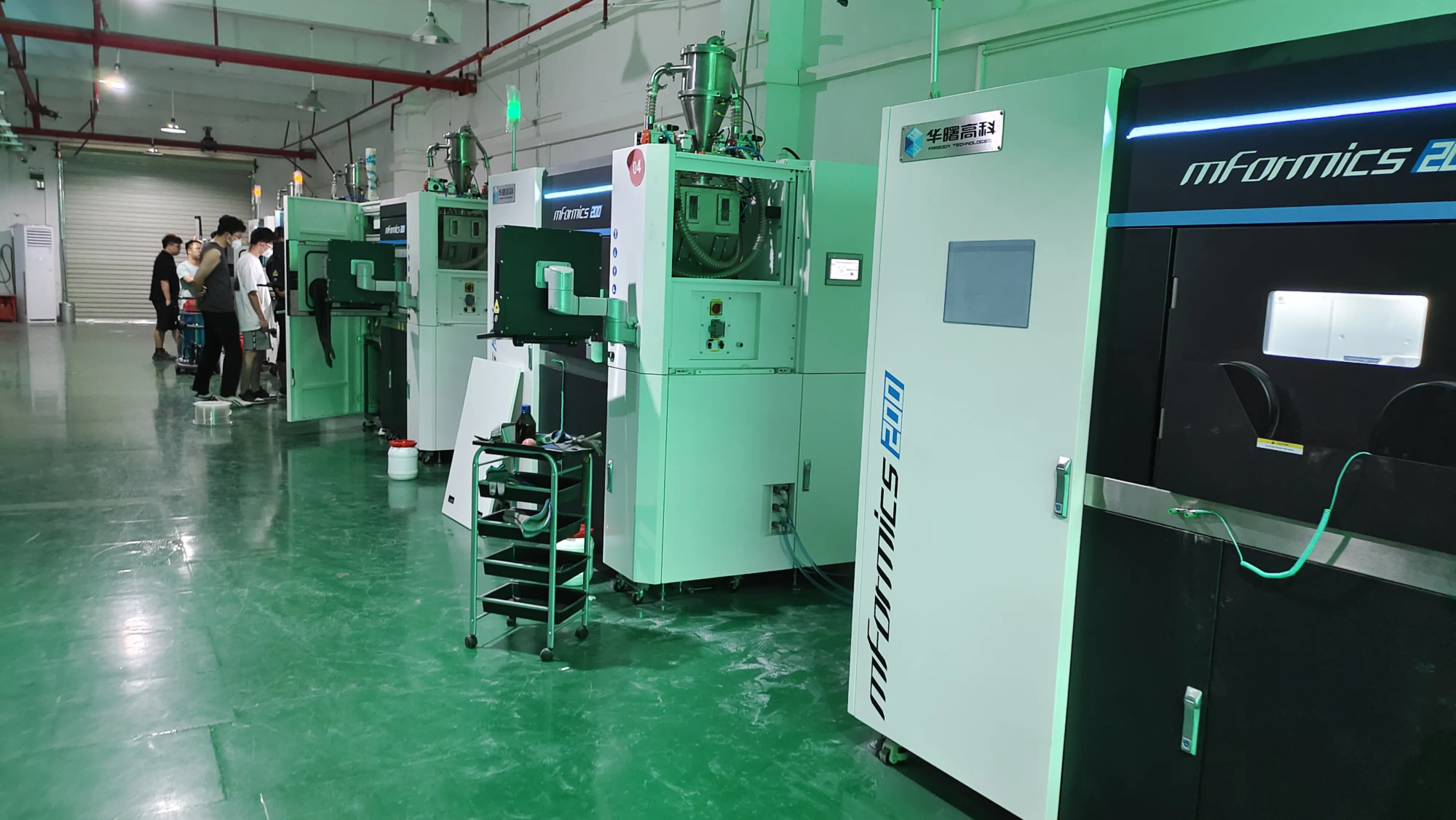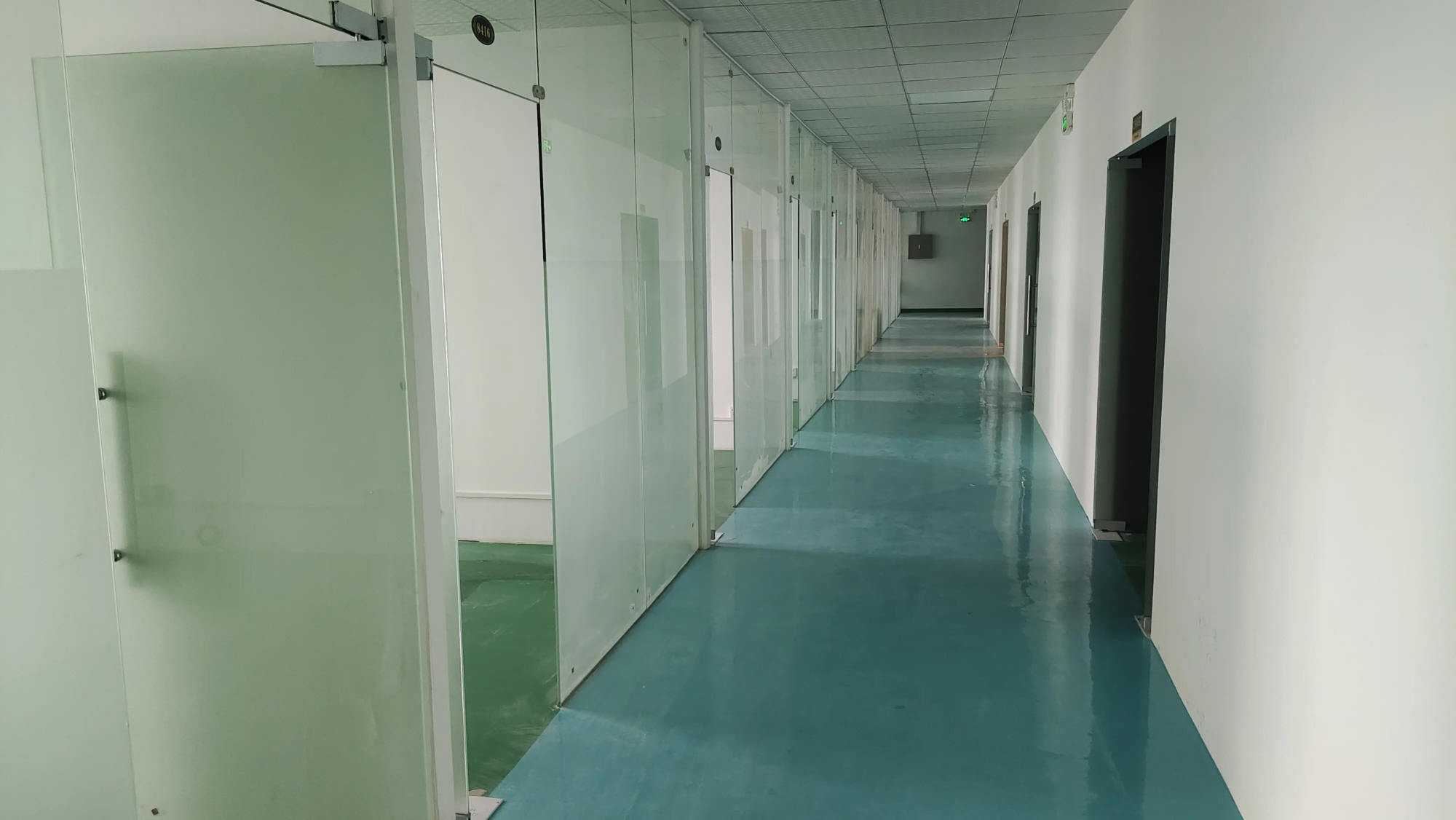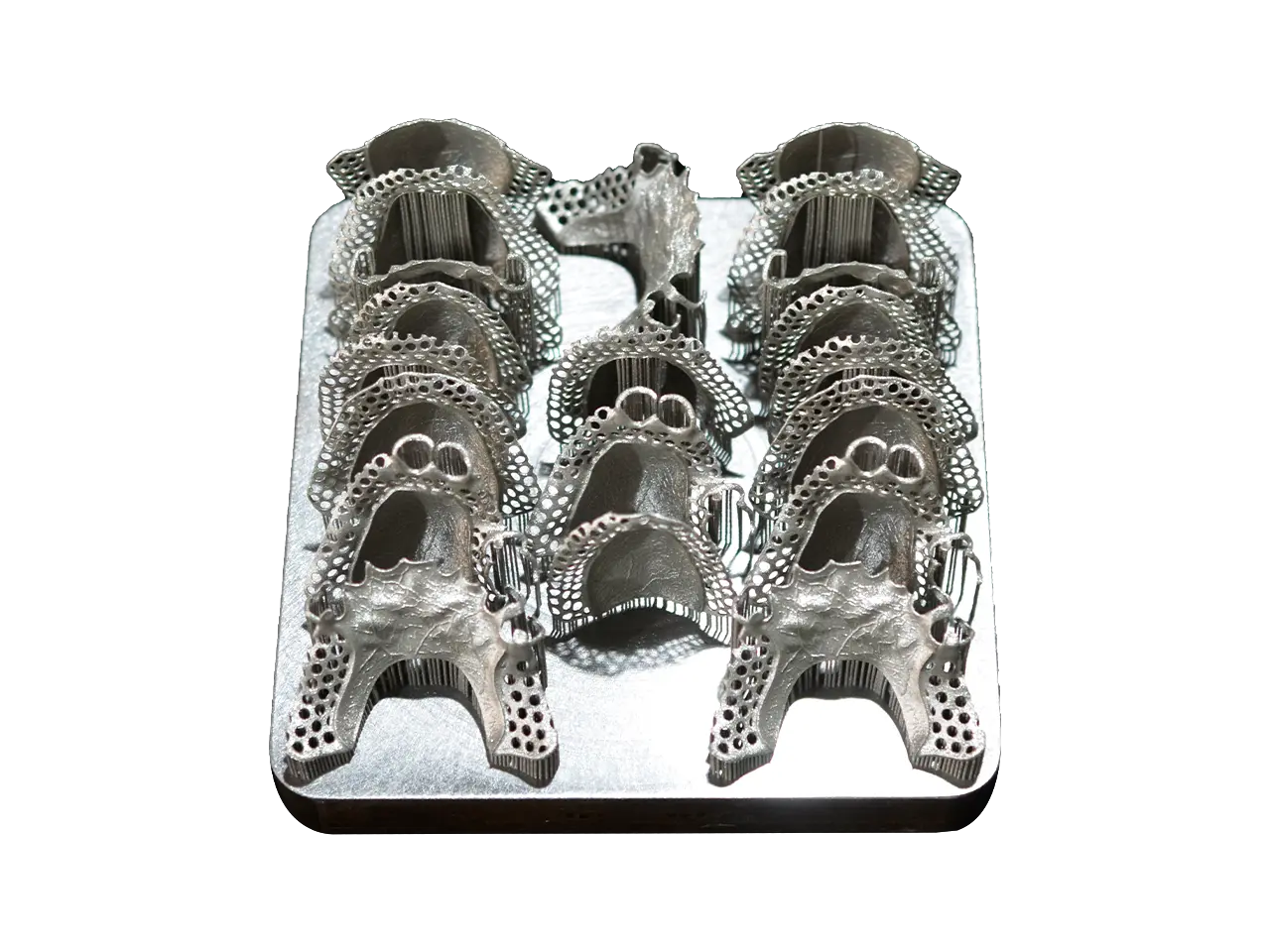The concept of 3D printed houses has attracted attention in recent years, thanks to its potential to revolutionize the construction industry. One of the most critical factors to consider when it comes to 3D printing houses is cost. The cost of 3D printing a home can vary depending on several factors such as the size of the home, the materials used, and the complexity of the design.
The cost of a 3D printed house can be divided into several components, including the cost of a 3D printer, the cost of a material, and the cost of labor. The cost of a 3D printer ranges from a few thousand dollars to over $100,000, depending on the type and quality of the printer. The cost of materials (such as concrete, steel and plastic) may also depend on the type and quantity of materials used. Labor costs can also be high, as skilled workers are required to operate the 3D printer and assemble the printing components.
On average, 3D printing costs for a home range from $100 to $500 per square foot depending on the size and complexity of the design. For example, a small 3D printed home with a simple design costs about $20,000 to $50,000, while larger, more complex homes can cost as much as $100,000 to $200,000. It is worth noting that these costs are still relatively high compared to traditional construction methods, but with the improvement of technology, the cost of 3D printing is rapidly declining.
Despite the high cost, 3D printed homes still have several advantages, including increased building speed, reduced waste and improved sustainability. 3D printing can also achieve complex designs and shapes, while traditional construction methods will be difficult or impossible. Additionally, 3D printed houses can be designed with high energy, with integrated solar panels and advanced insulation materials.
Several companies are already working on 3D printing houses, including Winsun, a Chinese company that uses giant 3D printers to print over 100 homes. Other companies, such as APIS COR and SQ4D, are also looking at 3D printed houses, with a focus on affordability and sustainability. These companies are using a variety of materials, including concrete, steel and plastics, to create homes that are not only affordable, but also durable and sustainable.
In short, the cost of 3D printing of homes is still relatively high, but the technology has the potential to change the construction industry. With the cost of 3D printing falling and technology improving, we can expect to see more affordable, sustainable 3D printing homes. Because it has the potential to increase construction speed, reduce waste and improve sustainability, 3D printing is an exciting development in the construction industry and worth a look.
FAQ:
Q: How much does it cost to 3D-print a house?
A: The cost of a 3D printed home ranges from $100 to $500 per square foot depending on the size and complexity of the design.
Q: What are the advantages of 3D printing houses?
A: 3D printed houses have several advantages, including increasing building speed, reducing waste and improving sustainability.
Q: Can I customize a 3D printed house?
A: Yes, 3D printed homes can be customized to meet the specific needs and preferences of homeowners.
Q: Are 3D printed houses durable and sustainable?
A: Yes, 3D printed houses can be designed for high durability and sustainability, with integrated solar panels and advanced insulation materials and other features.
Q: How long does it take to 3D-print a house?
A: The time it takes for a house to 3D print depending on the size and complexity of the design, but it is much faster than traditional construction methods.
Q: Can anyone buy a 3D printed house?
A: Currently, 3D printed houses are still relatively expensive and may not work for everyone, but with the improvement of technology and lower costs, we can expect to see more affordable options available.
Q: What materials are used in 3D printing houses?
A: A variety of materials can be used in 3D printed houses, including concrete, steel and plastic.
Q: Is 3D printed houses safe?
A: Yes, 3D printed houses can be designed with highly secure walls and advanced security systems.
ISO 9001 Factory





